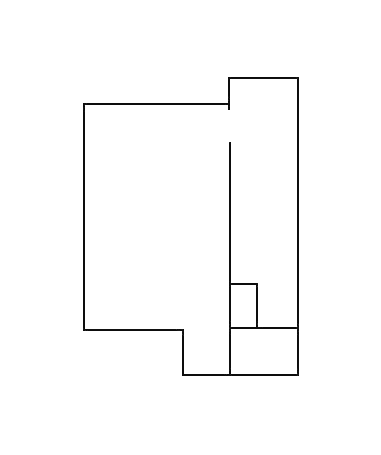MEGUMI SHAUNA ARAI | SILENT MOMENTS
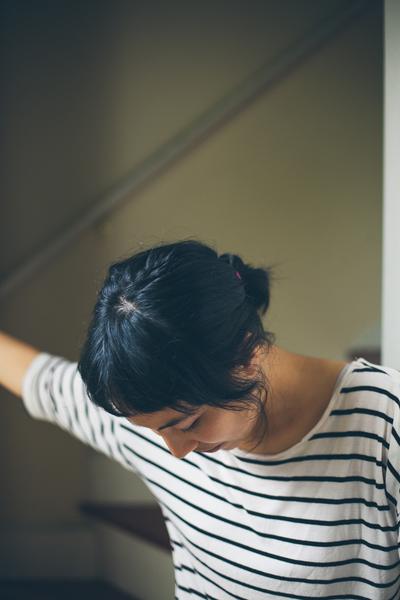
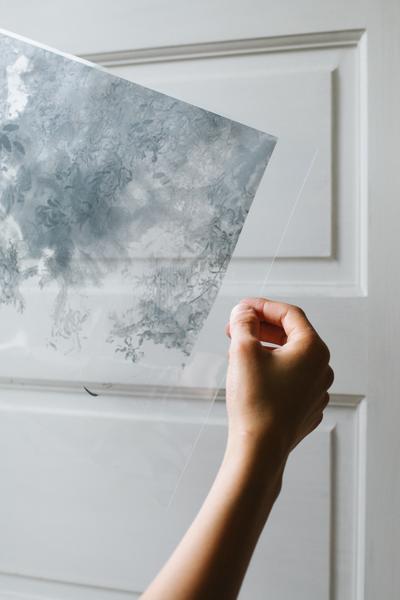
Interview by Aidan Fitzgerald | Photographs by Andrew Waits
Whatever a photograph sounds like, Megumi Arai’s sound like the exact moment two people stop talking in an empty warehouse. Her photographs sound like your bed after you’ve both gone to work, they sound like waiting. Megumi’s work is figurative, but she refers to it as abstract portraiture: the faces are often obscured or turned away from the camera, draped in shadow or hidden altogether. “A lot comes out when the camera is there. But then I hide it. I know how that person looks and feels and sees, but the reason why I hide it is because each person is completely unique. By obscuring these certain elements of the human, it could become anybody. It allows people to come into the work.”
Megumi’s work delicately captures the precise moment when her subject ceases to be a person – a “self” – and becomes a gateway for us to enter into the photo. In this manner, her work investigates just what it is to be ourselves, and allows us to try out another self, if only for that moment of the photo.
Although I’ve known Megumi for years, I have never seen her in the studio. I’ve seen her shoot before, at events and such, but that’s documentation, that’s taking pictures. When she’s taking pictures she glides through the crowd, exchanges hellos with just about everybody there, hugs and laughter, gotta move on, need a shot of that guy over there.
When she’s in the studio, that’s something different. I have never seen Megumi in the studio, in her element, on a shoot, but when I ask her about it her eyes go wide and her voice gets smoother. “I don’t like to be in complete control, because it feels weird, it’s not natural and you don’t get the best photographs. But I do feel out each person, and I do generally give very specific direction. Within that direction, it’s kind of like this push and pull game. It’s practicing being able to shed control, because with each person it’s totally different, there is so many variables… the quietness on that set. I work in complete silence.”
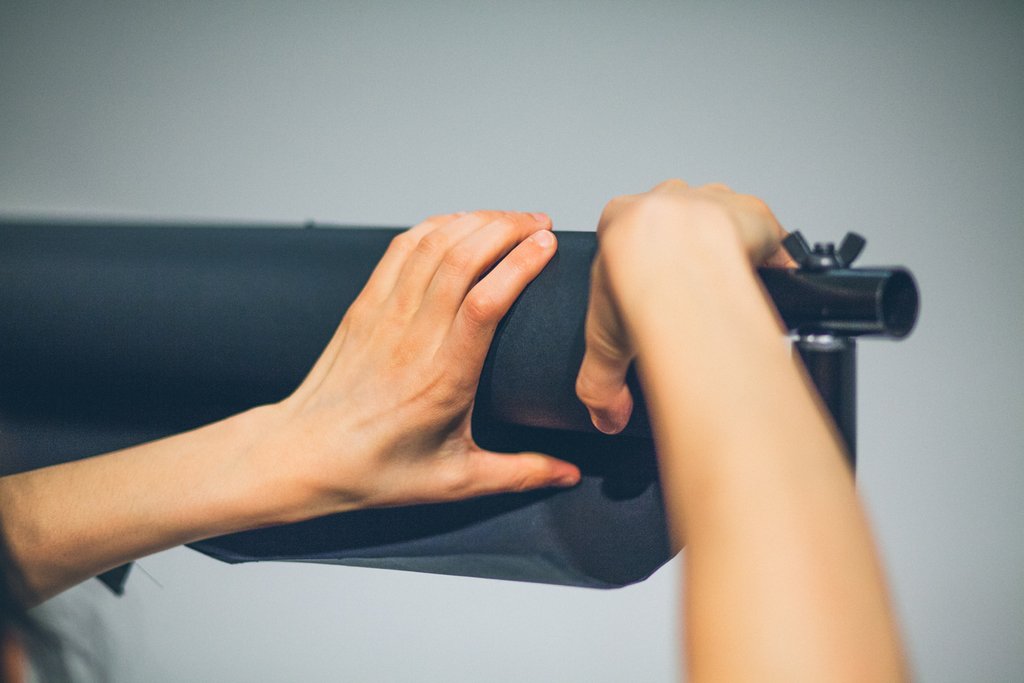
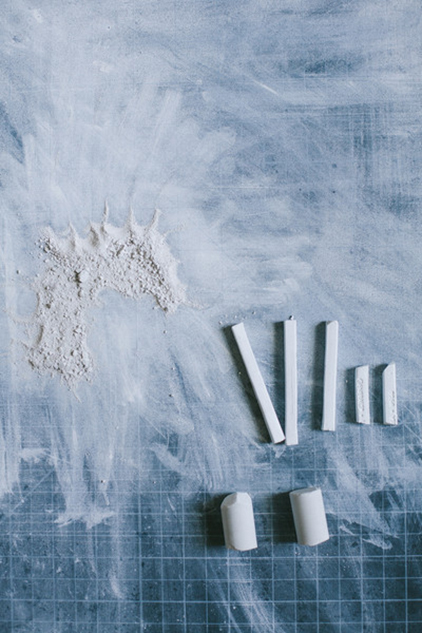
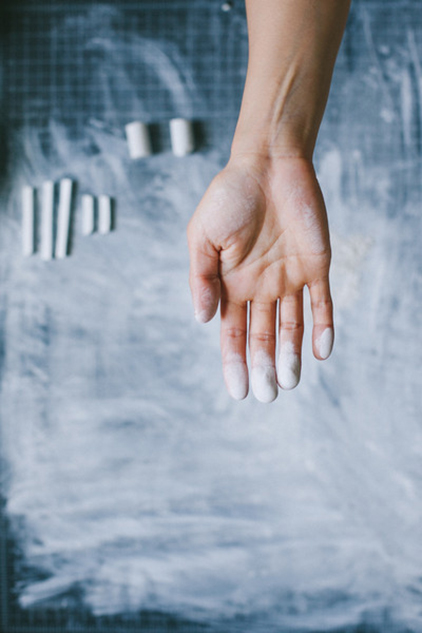
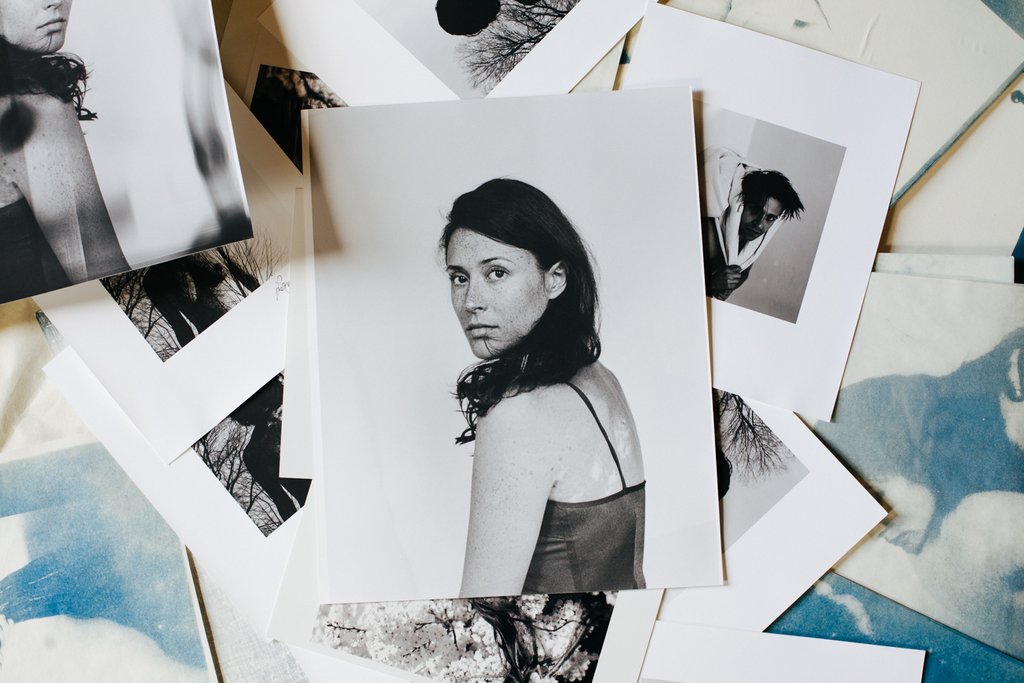
Megumi’s methodical practice is evident in the precision and depth of her work. She works mostly with a centralized composition; each figure is balanced in the center of the photograph. Her camera seems to focus more on the texture of skin than on the skin itself. Hair becomes an abstract shape, a form entirely separate from the body it covers. The shadows hold a deep velvet black, the figures are constructed from some material more dense and dry than flesh.
“The work is less about ‘who is that person?’ and more like what does this person represent. Each person looks at the photograph or the piece and they decide the piece represents. And what they believe that piece represents says more about that person than the piece.”
A while back, I walked into Vermillion, a bar in Seattle with a large artspace in the front section. Towards the back of the gallery section, I saw two women furiously painting over a huge portrait of Megumi. Thick black paint dripped down the photo, while Megumi stood next to the performance. Members of the audience were invited to paint over the portrait. After Megumi’s face was completely covered, another portrait was revealed. She told me the piece was about rebirth, about how we let other people silence us. Our identities are not such mutable objects. They cannot be covered with paint, no matter how thick. Identity and the ideas of the self are central in her work.
“We are objects, the human body is a sculpture. I like the silent moments. I like to make silent work, maybe because I’m so loud. That is a real part of me that maybe I don’t express as much. I think that my photos explore that silence in me… going back, in my history, I didn’t have the ability to be alone. Translating that into my inability to be quiet. But my need to be alone, my need to be quiet. Wanting those things, finding great value in those things, but being so fearful of them too. And trying to recreate those things in my images.”
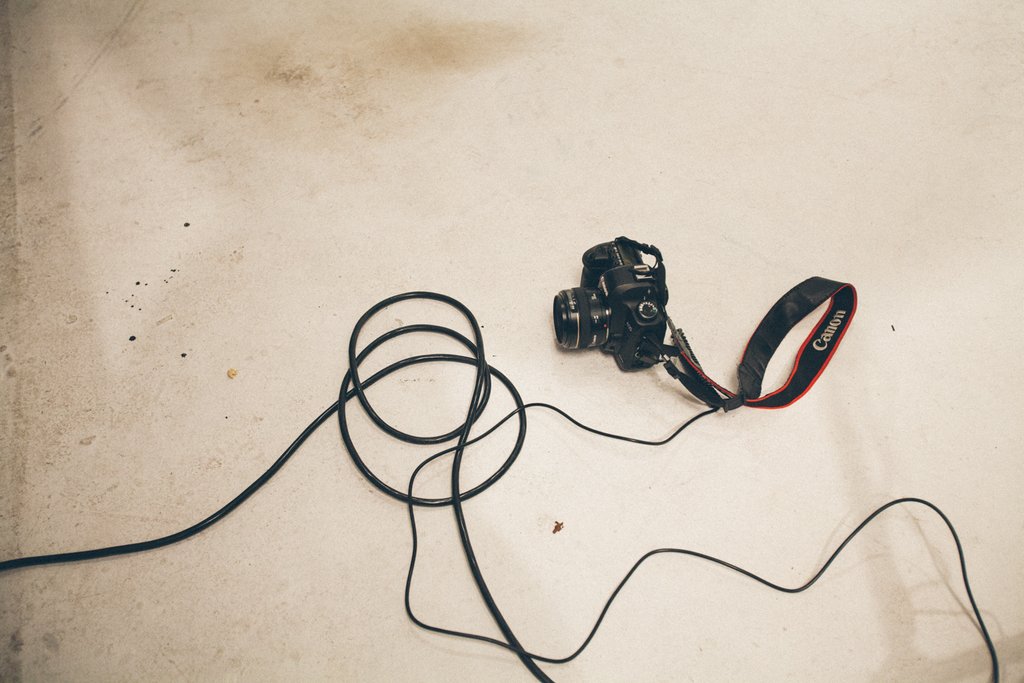
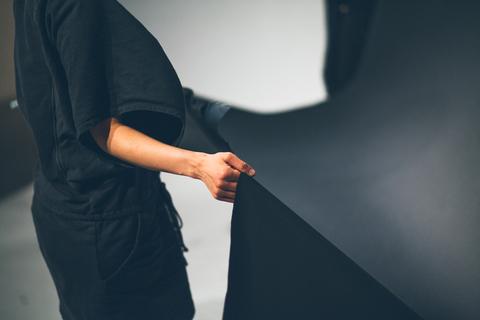
Back to In the Studio
